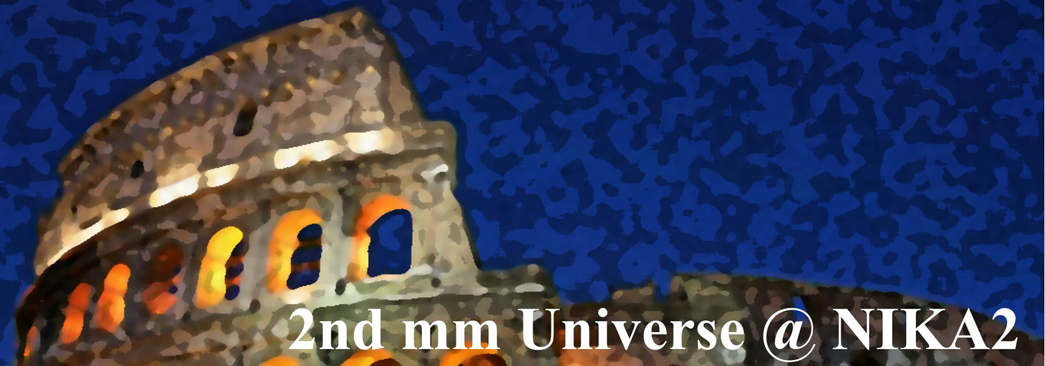Speaker
Description
Laying at the top of structures of matter on the largest scales, galaxy clusters formation and evolution can be studied to characterize the fundamental properties of the Universe itself. Their dynamical state plays a key role in such studies but in general from observations is not trivial its determination. Since clusters morphology is strictly related to their dynamical state, one way to establish it is through morphological analysis on cluster maps from different observations. We study the connection between morphology and dynamical state of the simulated galaxy clusters from The Three Hundred Project. We quantify cluster dynamical state using a combination, $\chi$, of dynamical indicators from theoretical measures. The dynamical state of the cluster sample shows a continuous distribution from dynamically relaxed, more abundant at lower redshift, to hybrid and disturbed. The dynamical state presents a clear dependence on the radius, with internal regions more relaxed than outskirts. The morphology from multi-wavelength mock observation of clusters in X-ray, optical, and Sunyaev–Zel’dovich (SZ) effect images, is quantified by $M$ -- a combination of six parameters for X-ray and SZ maps -- and the offsets between the optical position of the Brightest Central Galaxy (BCG) and the X-ray/SZ centroids. All the morphological parameters are highly correlated with each other, while they show a moderately strong correlation with the dynamical $\chi$ parameter. The principal source of contamination in the relaxed cluster fraction, inferred from morphological parameters, is due to dynamically hybrid clusters. Compared to individual parameters, which consider only one aspect of cluster property (e.g. only clumping or asymmetry), the combined morphological and dynamical parameters ($M$ and $\chi$) collect more information and provide a single and more accurate estimation of the cluster dynamical state.

